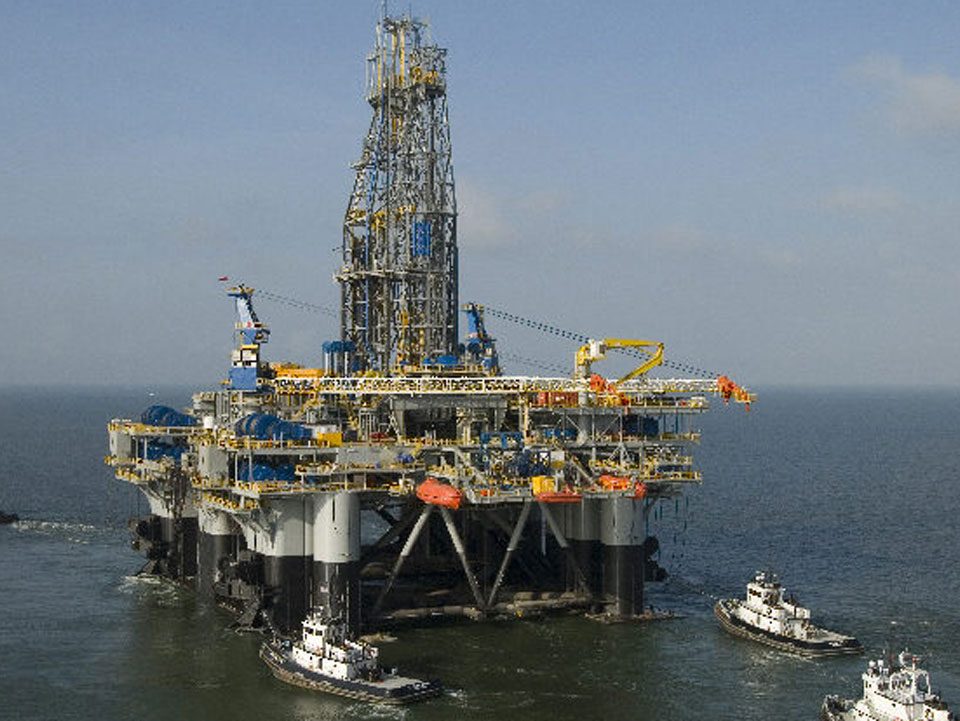World Update: South Korea dumps Nigeria’s oil for U.S

Africa Update: Nigeria, Morocco Collaborate on Agricultural Insurance
August 16, 2017
News Update: Oil production cost drops by 71 percent
August 17, 2017Nigeria may have lost its South Korean oil market to the United States (U.S.) as the Asian country buys its first crude oil from America.
Refiners in South Korea, the world’s fifth crude oil importer, have reportedly joined India to diversify their crude sources in what potentially could impact on Nigeria’s spot crude export market.
South Korea’s largest refiner, SK Innovation, is the latest to have made its first purchase of U.S. crude after two of India’s state-run refiners, last week, placed order for over one million barrels for the first time.
The cheaper and attractive price offerings for U.S. crude grade West Texas Intermediate (WTI) following the output cuts by members of the Organisation of Petroleum Exporting Countries (OPEC) and some non-OPEC producers since January has enabled the U.S. crude grade to find a non-traditional home in Asia.
Nigeria produces light sweet crude, a similar grade with the U.S. WTI that refiners in Asia are now rushing because of favourable price and shorter shipping distance. Nigeria has one of the world’s highest production cost per barrel of crude oil. This makes its crude’s price uncompetitive especially in low price regime as currently is.
At least three of South Korea’s four refiners import crude from Nigeria mostly through spot cargoes, Korean shipping data showed. But with Korea looking to add to its list of crude suppliers, Nigeria’s barrels heading to the Asian country may further shrink.
Head of Energy Desk, Ecobank, Mr. Dolapo Oni, said OPEC and non-OPEC producer agreement to cut output in order to shore up price has its own advantage and disadvantage,. According to him, when the price of crude goes up it makes production of shale oil and gas attractive. Therefore, to make shale production unprofitable oil price need to be low because the cost of production per barrel of crude from conventional hydrocarbon acreages is much lower than production from shale. It can be as much as 200-400 per cent higher, he added.
From 2014, the market has experienced a supply glut mostly occasioned by US supply from shale oil leading to an increase in global inventories. Between 2017 and 2021, tight crude oil supply from North America (U.S. & Canada) is expected to increase from 4.1million barrels/day to 4.8million barrels/day and is expected to be a major supplier at least till 2030. Lest we forget, the U.S. has amended its laws to allow for crude export. This singular move is of key significance in the supply dynamics.
Corroborating Oni, the Group Managing Director, Nigerian National Petroleum Corporation (NNPC) Dr. Maikanti Baru, said the production of oil from shale changed the supply dynamics. “From 2014, the market has experienced a supply glut mostly occasioned by US supply from shale oil leading to an increase in global inventories. Between 2017 and 2021, tight crude oil supply from North America (U.S. & Canada) is expected to increase from 4.1million barrels per day to 4.8million barrels per day and is expected to be a major supplier at least till 2030. Lest we forget, the U.S. has amended its laws to allow for crude export. This singular move is of key significance in the supply dynamics,” Baru said.
Production at shale fields is forecast to expand to 6.15 million barrels a day in September, according to the Energy Information Administration (EIA). This week’s U.S. stockpile report may show that crude inventories declined for a seventh week, according to a Bloomberg survey
However, oil traded at a three-week low yesterday after a forecast on U.S. shale growth added to mounting worries that the rebalancing process is stalling.
“As much as oil inventories have been coming down in the U.S., which is something that is seasonally normal, the fact that U.S. shale production is very resilient and is again confirmed by this EIA Drilling Productivity Report, that is something that is weighing on the market’s mind,” said Harry Tchilinguirian, head of commodity markets strategy at BNP Paribas SA in London.

